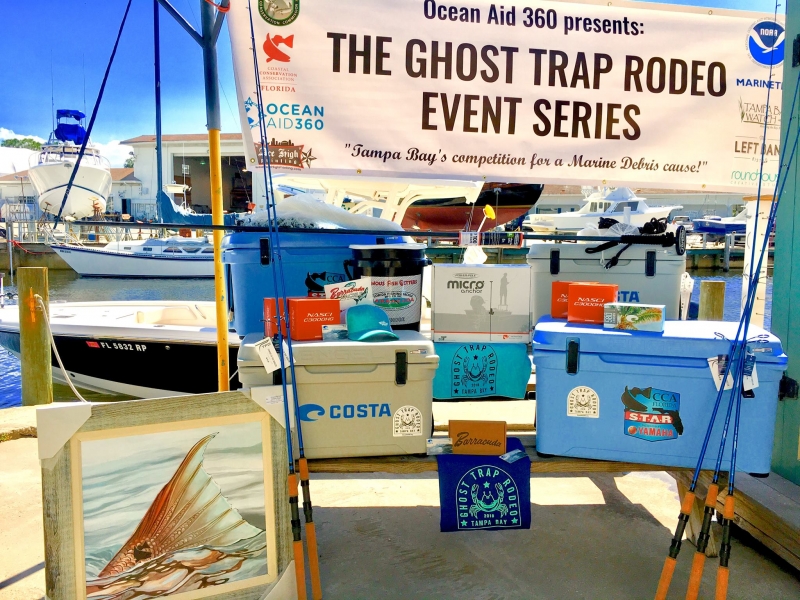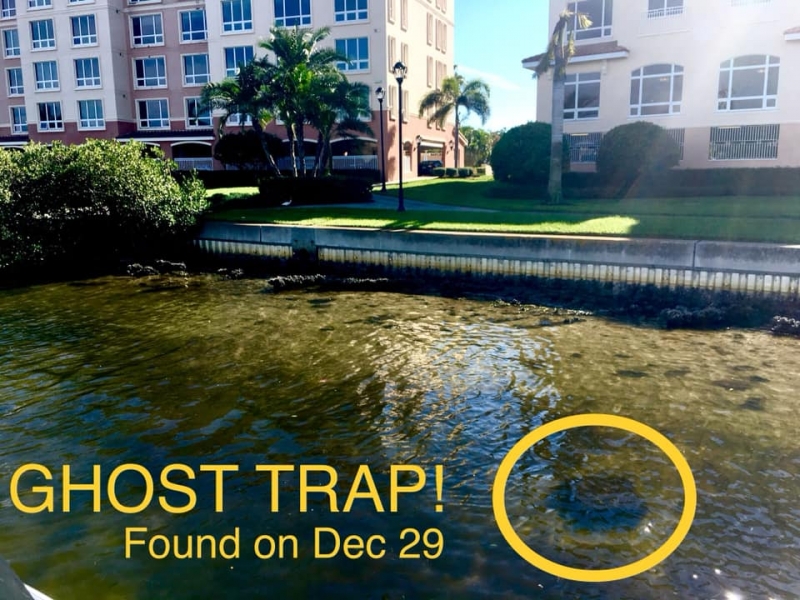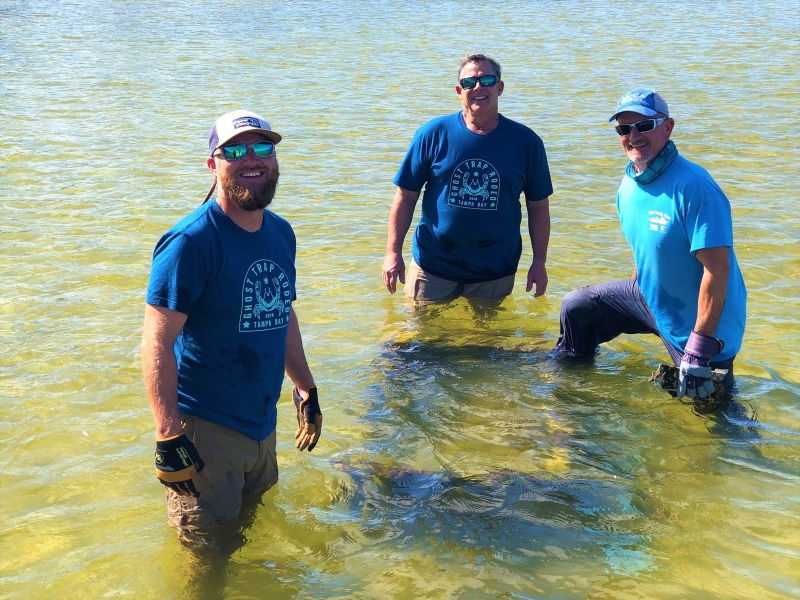By Capt. Neill Holland, President, Ocean Aid 360
Picture this: It’s tournament morning in coastal Tampa Bay and eager shallow water anglers are up at sunrise to compete - by skiff, kayak, center console, and canoe – in the area’s most exciting new “fishing” competition. At the festive check in tent, situated beside an area boat launch, more than sixty anglers of all ages and skill levels present themselves and receive a t-shirt and tournament bucket full of freebies supplied by supportive local businesses, a species inventory kit, and a simple rule book for the day’s activity. The mood is one of friendly competition, but the truth is that some of these anglers have been carefully scouting the local water for weeks in hopes of making a “catch” today, big enough to go home with their part of more than $25,000 in event series gear-prizes provided by fishing tackle sponsors. To the casual observer, this gathering of shallow draft vessels and local fishing families might look like any other well-attended inshore fishing tournament familiar to area residents, but this is a whole new ballgame. This is the Ghost Trap Rodeo Event Series for the removal of Tampa Bay’s derelict crab traps and marine debris.

In 2018, our Florida-based nonprofit, Ocean Aid 360, was awarded a one-year NOAA MDP Community-based Marine Debris Removal Grant to test our innovative Ghost Trap Rodeo project, designed in partnership with the Florida Fish and Wildlife Conservation Commission (FWC) and the Coastal Conservation Association of Florida. The goal of the project is to remove no less than 15,000 pounds of debris from Tampa Bay, Florida’s largest open water estuary, which includes Essential Fish Habitat and protected marine zones, while also promoting a community stewardship and conservation ethic for NOAA Trust Resources. Sites were pre-selected through a flyover baseline survey. Last October, event promotions through social media and radio fishing show coverage began in earnest. With three events completed, the Ghost Trap Rodeo Event Series has resulted in 8,750 pounds of marine debris retrieved – including many derelict or abandoned traps, known as ghost traps.

Back at the scene of the Ghost Trap Rodeo, excitement is in the air when angler-volunteers return to the dock after their four-hour search. The early morning talk of, “Do you think we’ll find anything?” is now replaced by shouts of “Look at all this stuff we found!” and “Wow! Can we help you unload!”, and for the first time, the volunteer group begins to understand what an impact they have had in today’s effort to restore the coastal habitat. There can be no doubt that the prizes are an exciting part of the experience for every team, but ask anyone here today and they will tell you they participated because they care about our estuary and saving this place so that our kids can experience it like we did.

Thanks to a partnership with Florida’s FWC and the Coastal Impact Fund, crab trap materials collected at each Rodeo are re-purposed by State fisheries biologists as the base layer for new oyster reef construction.
It’s Florida and the Caribbean Week on the Marine Debris Program Blog! Check out Tuesday’s blog to learn more about our work in the sunshine and bright blue waters of this region.
